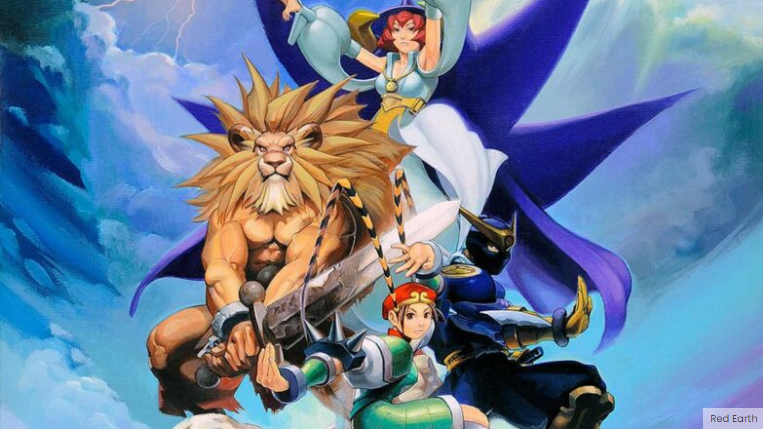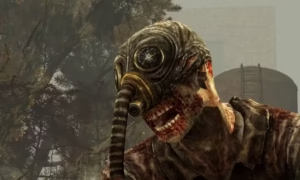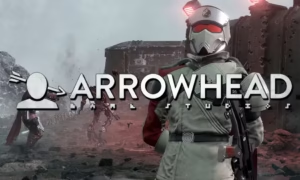Capcom’s Red Earth Was A Fighting Game Ahead of Its Time
It’s important to remember that not all trips down memory lane are worthwhile. The games industry is always remastering, remastering, and reissuing classic video games in collections, compilations, and bundles. Sometimes nostalgia is a good thing. In other cases, you may have to look at the facts.
The 2D fighter is one genre that seems to be more successful at avoiding dating than others. The 2D fighter is more timeless than the first-person shooter, platformers, or other classic gaming styles because of its solid mechanics and sprite work. The Capcom Fighting Collection is a great example of this. It contains ten fighting games, including nine versus puzzle games, that feel fresh and new.
The collection is all about reviving Darkstalkers’ interest, but there’s one game that stands out as a highlight of an already impressive collection: Red Earth. Red Earth, a somewhat obscure fighting game deserves special mention because it is the first time the game has been port to consoles. Red Earth launched in arcades in 1996. However, it had never been ported to consoles or PCs until this collection.
Red Earth is a departure from other multiplayer-focused fighting games. Although there were versus modes, it felt more like a fighting video game RPG. The game lets players choose from four characters, and they embark on a journey around the globe to defeat evil monsters and save the kingdom from a tyrannical wizard.
Red Earth, while not revolutionary by itself, is a great addition to any team. First, every character has their own story with different endings and choices throughout their campaign. Although the fights and bosses are identical, each character’s story, as well as the cutscenes, conversations, and context, is different. This is a remarkable feat for a fighting game that was released in 1996.
The RPG mechanics allow players to gain experience and level as they deal damage, fight and win mini-games. These level-ups can give you additional resistance to certain elements, or even new moves. This all ties in to a password system that allows players to keep track of their progress and make notes after each fight.







